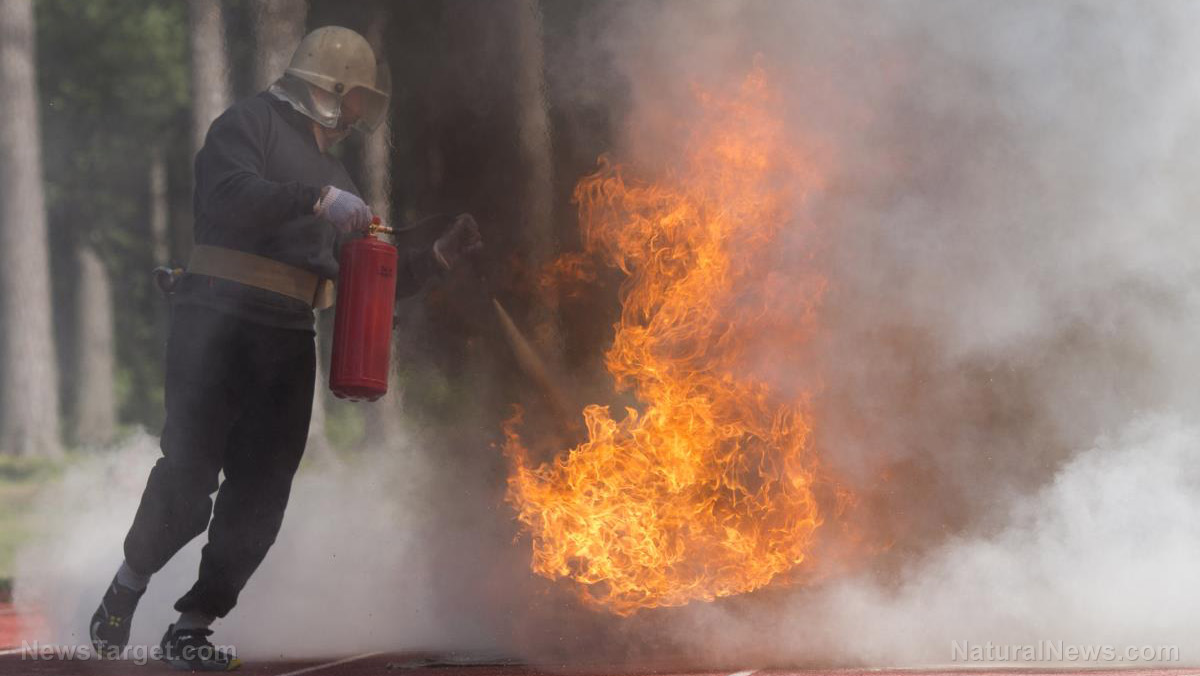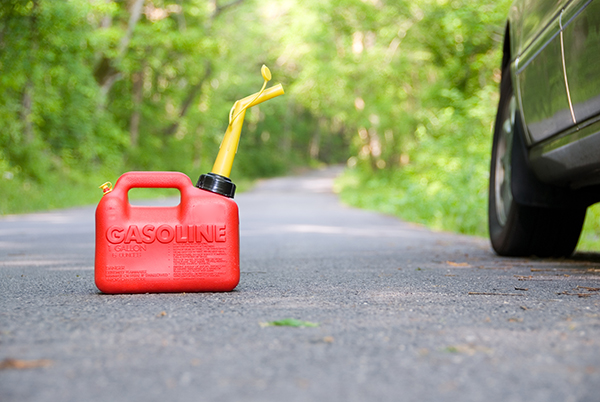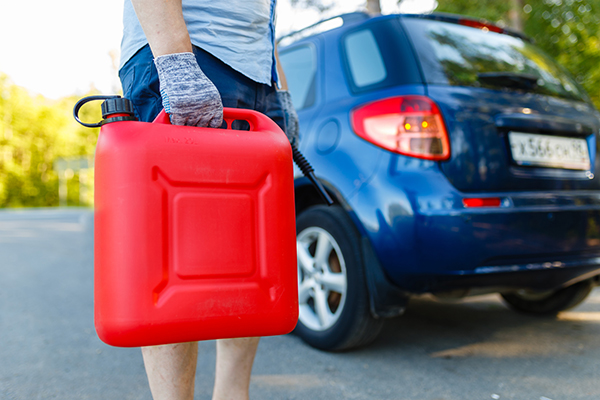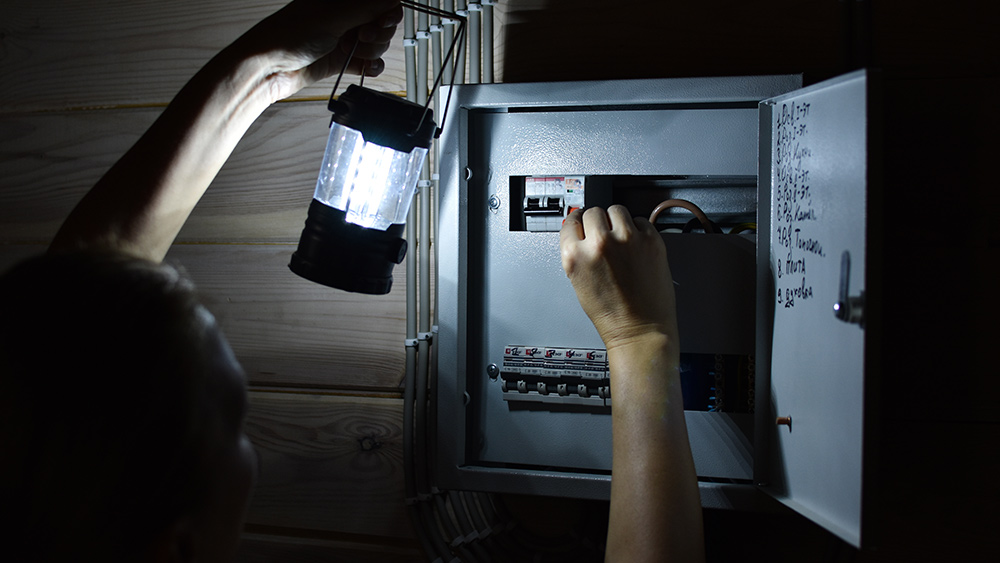
Fire extinguishers are useful for more than just fighting fires. If you are ever attacked, you can grab a nearby fire extinguisher to defend yourself. In a pinch, they make excellent non-lethal weapons. Here is a simple guide to the different kinds of fire extinguishers and how to defend yourself using them. (h/t to Survivopedia.com.)
For most of these fire extinguishers, the basic idea behind them is simple. All you need to do is to aim the fire extinguisher's nozzle at your attacker and spray them with foam. However, before you even try to experiment with one, it is generally best to first have fire safety training and experience. Fire extinguishers are only meant to be used as weapons as a last resort for life-threatening emergencies. Try to familiarize yourself with the mechanisms of fire extinguishers so that you can easily operate them at a moment's notice. (Related: You need to know these 8 essential survival tips to prepare you for the next catastrophe.)
ABC Powder Extinguishers
These are among the most popular multi-purpose fire extinguishers today. These portable extinguishers typically weigh around five pounds and they work by spraying a fine chemical powder called monoammonium phosphate. If you manage to spray your assailant in the eyes using this extinguisher, the dry chemical powder can cause tearing and burning in their eyes, temporarily blinding them. If they breathe in the powder, it can irritate their nose and mouth, causing difficult breathing. Once your attacker is distracted, you can use the canister as a bludgeoning weapon to knock them out. Make sure you have a good grip on the canister with both hands.
Wet Chemical Fire Extinguishers
These fire extinguishers are designed for putting out cooking fires, such as fires fueled by grease or cooking oil. They work by spraying a potassium-based solution to cool the fire and form a thick soapy substance to smother it. Generally, these fire extinguishers don't make for very good self-defense weapons as their sprays don't have the same force as ABC powder extinguishers to knock back your attacker. However, the canisters can still be used as bludgeoning weapons since they also typically weigh around five pounds. If you attempt to use it as a bludgeoning weapon, you may need some other diversion to distract your assailant.
Carbon Dioxide (CO2) Extinguishers
These fire extinguishers are best suited for putting our electrical fires and fires fueled by flammable liquids and gases. As the name implies, they use carbon dioxide to suffocate the fire by removing oxygen. For the most part, these extinguishers do not make for good blunt weapons at all. They usually weigh around 10 or more pounds. As such, their bulky weight makes them unwieldy as bludgeoning instruments. Even under normal circumstances, they aren't as safe to use as other fire extinguishers. If you operate them incorrectly, the carbon dioxide could make contact with your exposed skin and cause frost bite. However, in the hands of someone highly experienced in operating these kinds of extinguishers, they can be used to immediately freeze the attacker's unprotected skin and possibly cause them to have carbon monoxide poisoning.
Foam Extinguishers
These extinguishers produce a thick foam that blankets fires fueled by flammable liquids and combustible solids, starving them of oxygen and fuel. Weighing around five pounds on average, their canisters can still be used as bludgeoning weapons. However, spraying your assailant with these extinguishers won't produce much of a knock back.
Clean Agent Extinguishers
You can use these extinguishers as blunt weapons, since they only weigh around five pounds, but they have hardly any effect if sprayed on an attacker. The gases they spray do very little to irritate or impair, even when sprayed directly on the face.
If you want to learn more about staying prepared using improvised weapons and other survival tricks, you can read more articles by going to Preparedness.news.
Sources include:
Please contact us for more information.





















